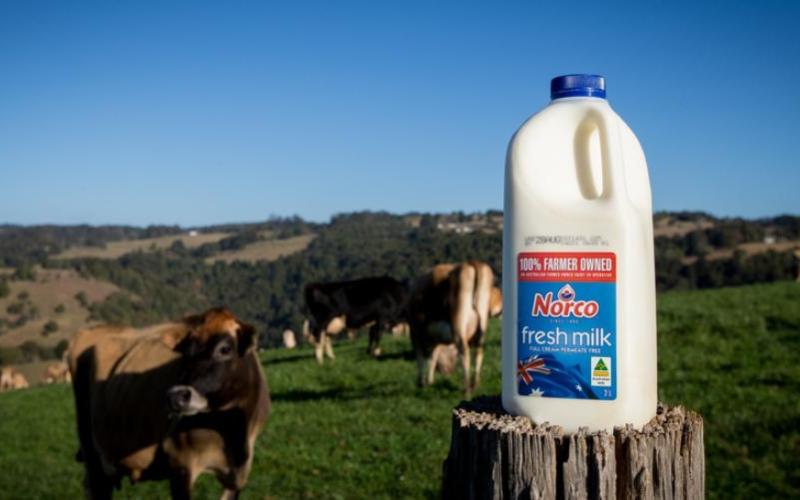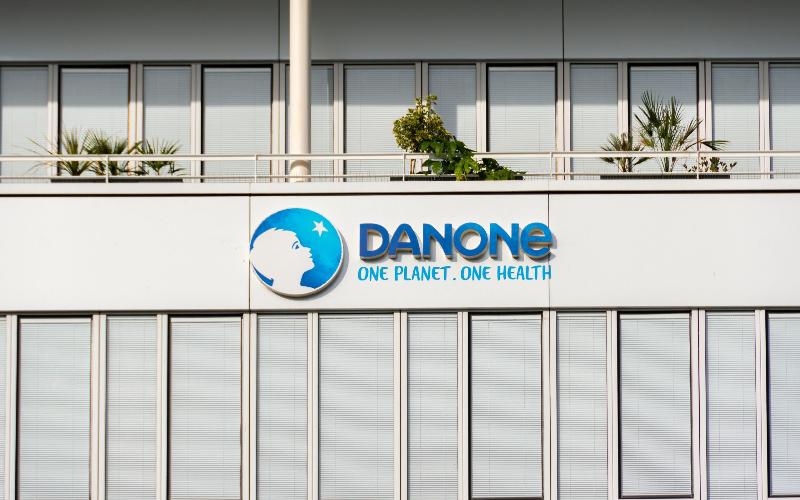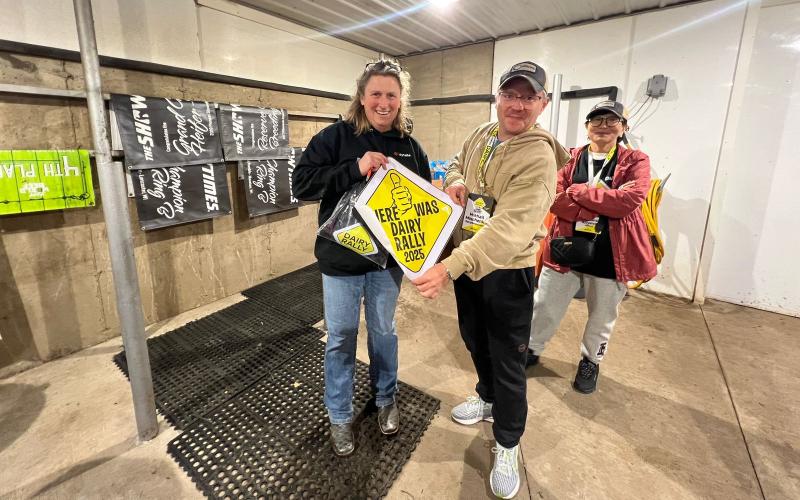UK Dairy Farms Need Nearly £4bn to Enhance Climate Resilience
Sourse: The DairyNews
A recent report by Kite Consulting estimates that improving climate resilience on UK dairy farms will require an investment of £3.9 billion over the next decade. The research, titled ‘The Cost of Climate Resilience: Future Proofing UK Dairy,’ highlights the significant capital infrastructure investments and additional land required to achieve environmental resilience.

Based on data fr om over 850 dairy farms, the report suggests an average cost of £472,539 per farm, which translates to 2.4 pence per litre (ppl) per year over a ten-year period. The analysis is based on an average herd size of 236 cows housed for 30 weeks annually.
Silage Costs and Storage
One major expense identified is the need for additional silage storage. To mitigate risks of drought or delayed grazing, each farm will need an additional 1,350 tonnes of silage storage, increasing capacity to cover 1.5 years. Ensuring sufficient forage stocks is crucial, especially with the UK facing increased drought risks in summer and higher rainfall in winter. The report recommends farms store an additional 50% of their annual forage requirements, costing around £204,450 per farm.
Slurry Storage
Another significant investment is in slurry storage. Currently, 85% of dairy farms have less than the required 8 months of slurry storage, even when considering exit plans for the next 5-10 years. The Silage, Slurry and Agricultural Fuel Oil (SSAFO) regulations mandate a minimum of 4 months storage, but the report suggests this is insufficient given recent weather patterns. The Nitrate Vulnerable Zones legislation, covering 55% of England’s land, requires 5 months storage for cattle slurry. However, the report advises 8 months of covered storage, which would cost farmers approximately £92,296.
Land Requirements
In addition to silage and slurry storage, sufficient land is essential to build forage stocks and properly manage manure applications. Additional land may be necessary to ensure manure is applied wh ere it benefits soil and crop requirements, particularly during drought periods.
Grants and Support
Farmers can access various grants and support to offset some of these costs. The Slurry Infrastructure Grant, released in two rounds with a third expected soon, enables livestock farmers to upgrade their slurry storage to meet the 6-month capacity requirement. The grants provide a minimum of £25,000 per business, covering up to 50% of eligible project costs. Despite government funding, the industry faces a significant investment challenge, with a minimum of £3.9 billion needed to ensure the necessary infrastructure and land for environmental protection and climate resilience.
In conclusion, substantial investments are essential for UK dairy farms to adapt to changing climate conditions, secure environmental sustainability, and maintain productivity.
Silage Costs and Storage
One major expense identified is the need for additional silage storage. To mitigate risks of drought or delayed grazing, each farm will need an additional 1,350 tonnes of silage storage, increasing capacity to cover 1.5 years. Ensuring sufficient forage stocks is crucial, especially with the UK facing increased drought risks in summer and higher rainfall in winter. The report recommends farms store an additional 50% of their annual forage requirements, costing around £204,450 per farm.
Slurry Storage
Another significant investment is in slurry storage. Currently, 85% of dairy farms have less than the required 8 months of slurry storage, even when considering exit plans for the next 5-10 years. The Silage, Slurry and Agricultural Fuel Oil (SSAFO) regulations mandate a minimum of 4 months storage, but the report suggests this is insufficient given recent weather patterns. The Nitrate Vulnerable Zones legislation, covering 55% of England’s land, requires 5 months storage for cattle slurry. However, the report advises 8 months of covered storage, which would cost farmers approximately £92,296.
Land Requirements
In addition to silage and slurry storage, sufficient land is essential to build forage stocks and properly manage manure applications. Additional land may be necessary to ensure manure is applied wh ere it benefits soil and crop requirements, particularly during drought periods.
Grants and Support
Farmers can access various grants and support to offset some of these costs. The Slurry Infrastructure Grant, released in two rounds with a third expected soon, enables livestock farmers to upgrade their slurry storage to meet the 6-month capacity requirement. The grants provide a minimum of £25,000 per business, covering up to 50% of eligible project costs. Despite government funding, the industry faces a significant investment challenge, with a minimum of £3.9 billion needed to ensure the necessary infrastructure and land for environmental protection and climate resilience.
In conclusion, substantial investments are essential for UK dairy farms to adapt to changing climate conditions, secure environmental sustainability, and maintain productivity.
Key News of the Week














